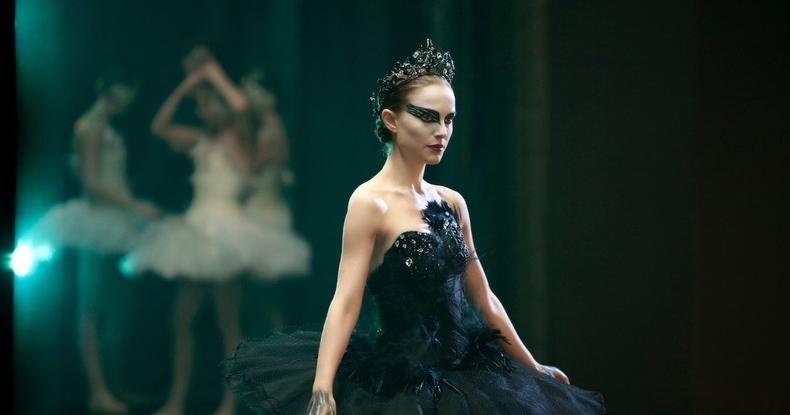
Some performances linger with us long after the credits roll. A look, a line, a moment — so vivid, so raw, that we forget we’re watching fiction. Chances are, the actor behind that unforgettable scene used a technique that goes far beyond memorizing lines. It’s called method acting, and it’s one of the most intense — and polarizing — approaches in all of cinema.
But what is method acting, really? Is it a secret weapon for great performances, or an outdated relic of theatrical extremism? Let’s pull back the curtain.
Getting to the Heart of It: What Is Method Acting?
At its core, method acting is about emotional truth. It’s not just about playing a role — it’s about becoming the person behind it. This school of acting urges performers to fully embody their characters by tapping into their own emotions, memories, and life experiences. The goal is to produce performances that feel real — because, in a way, they are.
The roots of this technique go back to early 20th-century Russia, where theater director Konstantin Stanislavski developed a revolutionary system focused on psychological realism. Instead of relying on theatrical gestures and exaggerated delivery, Stanislavski urged actors to think and feel like their characters.
Fast forward to mid-century America, and the idea evolved. Teachers like Lee Strasberg, Stella Adler, and Sanford Meisner brought Stanislavski’s ideas to the U.S. stage — but with a twist. Strasberg, in particular, honed in on something called emotional memory, encouraging actors to draw from their own pasts to fuel their performances. Thus, “The Method” was born.
Technique vs. Transformation: What Makes Method Acting Unique?
Most traditional acting methods focus on technique — mastering speech, body language, and timing. Method acting, by contrast, goes internal. Instead of pretending to feel something, method actors attempt to actually feel it. If the character is grieving, the actor might remember a personal loss. If the character is cold and alone, the actor might place themselves — mentally or physically — in that same space.
It’s not uncommon for method actors to stay in character between takes. Some even carry their roles with them off-set for the entire duration of a shoot. To outsiders, this might seem excessive, even eccentric. But to many actors, it’s the key to delivering something unforgettable.
Method Acting in the Spotlight: Legendary Examples
Over the decades, method acting has shaped some of the most iconic performances in film history. Just take a look at these jaw-dropping transformations:
-
Daniel Day-Lewis, arguably the most famous modern method actor, stayed in character for months while filming My Left Foot — refusing to leave his wheelchair and insisting crew members feed him.
-
Heath Ledger immersed himself so deeply in the role of the Joker for The Dark Knight that he reportedly isolated himself for weeks and filled a journal with the character’s twisted thoughts.
-
Natalie Portman trained like a professional ballerina for a year before shooting Black Swan, enduring physical and emotional stress to portray the unraveling psyche of a dancer on the edge.
In each case, the line between the actor and the character blurred — and audiences noticed.
The Emotional Price of Living the Role
While method acting can produce dazzling results on screen, it can also take a serious toll behind the scenes. Constantly digging into trauma, disrupting sleep schedules, or undergoing drastic physical changes can leave actors physically and mentally exhausted.
Heath Ledger’s tragic death, which occurred shortly after filming The Dark Knight, raised questions about whether his immersive preparation played a role in his struggles. While no direct link was ever confirmed, his story remains a cautionary tale about the psychological risks of full immersion.
A Psychology Today article explored this darker side, suggesting that method acting, when unbalanced, can lead to blurred identity boundaries and emotional dysregulation — especially if the role being portrayed is mentally unstable or traumatic.
Not Everyone’s a Fan: The Case Against the Method
Not all great actors are method devotees — far from it. In fact, many reject it altogether.
Take Anthony Hopkins, for instance. He’s known for delivering chillingly precise performances, yet he openly dismisses method acting as unnecessary. “It’s a lot of smoke and mirrors,” he once said. Hopkins favors discipline and preparation, not emotional indulgence.
Then there’s Meryl Streep, considered by many to be the finest actor of her generation. She studies her characters deeply but doesn’t lose herself in them. In her own words: “I don’t go home and stay in character. That sounds exhausting.”
Even directors have voiced their frustrations. Jared Leto’s method antics on the set of Suicide Squad — including sending live rats and used condoms to co-stars — drew widespread criticism. Many questioned whether such behavior was part of a performance or just inappropriate.
The Modern Take: Has Method Acting Changed?
Today’s film industry looks different than it did in Strasberg’s heyday. Mental health is prioritized more. Boundaries are clearer. And actors are blending old techniques with modern sensibilities.
For instance, Adam Driver is known for staying in character during shoots, but he doesn’t go to extremes between takes. Similarly, Florence Pugh, who delivered a gut-wrenching performance in Midsommar, has spoken about the importance of emotional detachment after intense scenes.
Some productions even hire on-set therapists to help actors decompress, especially when dealing with dark material. The method is still alive — but it’s evolving.
Why Method Acting Still Matters
For all its critics and controversies, method acting remains one of the most respected (and talked-about) approaches in the industry. Why? Because it works — when used wisely.
Audiences can sense authenticity. They can tell when something is performed and when it’s lived. Method acting, at its best, invites us into the inner world of a character in a way that’s raw, vulnerable, and deeply human.
Whether you love it, hate it, or find it fascinating, there’s no denying that method acting has left an indelible mark on modern cinema.
FAQ: What Is Method Acting?
Is method acting healthy?
It depends on the actor’s approach. With proper boundaries and mental health support, it can be effective. Without them, it can become emotionally draining or even harmful.
Do all famous actors use method acting?
No. Many legendary performers — from Meryl Streep to Anthony Hopkins — rely on technique rather than emotional immersion.
Is method acting still used today?
Yes, though it’s often adapted. Many actors now use a hybrid approach that incorporates elements of the method without going to extreme lengths.
Can beginners use method acting?
They can, but it’s best learned after developing core acting skills. Diving too deep too soon can be overwhelming.
Who created method acting?
It began with Konstantin Stanislavski in Russia, but Lee Strasberg popularized “The Method” in the U.S., particularly through the Actors Studio.





